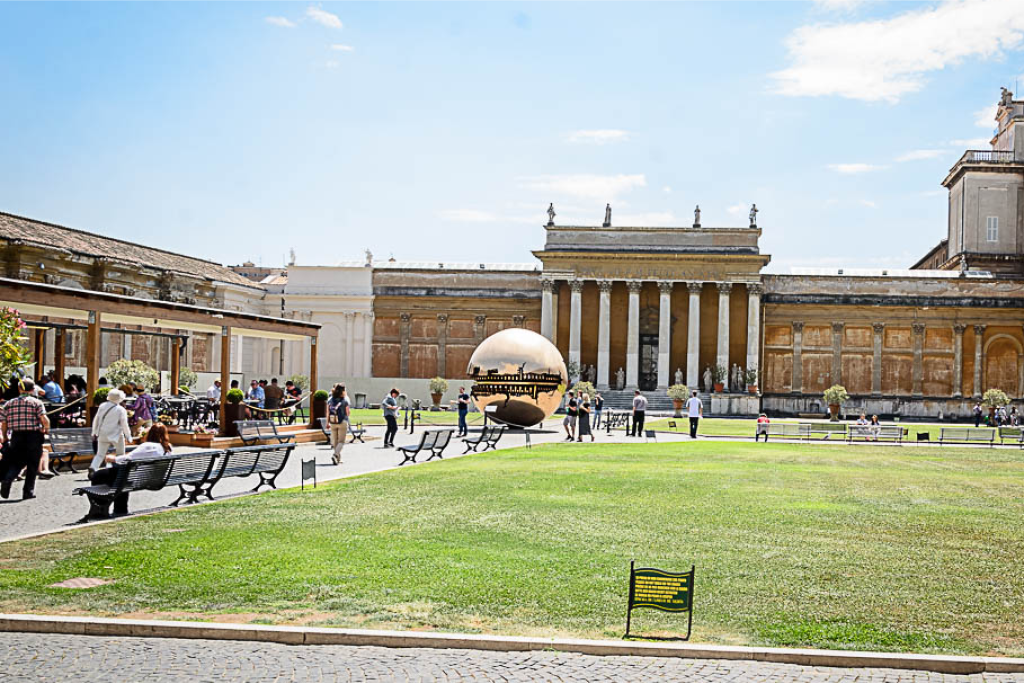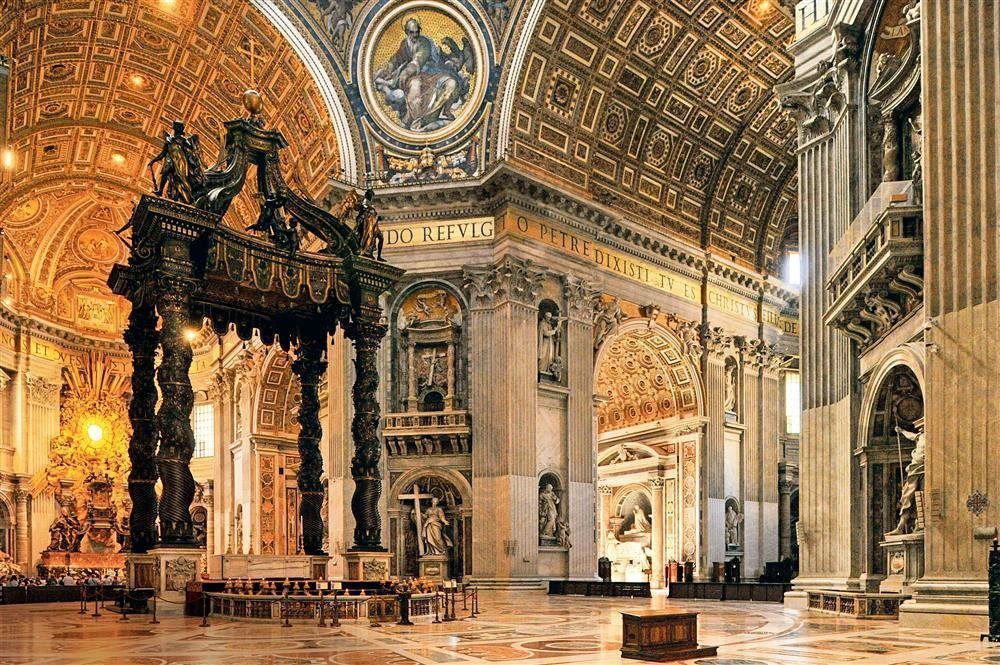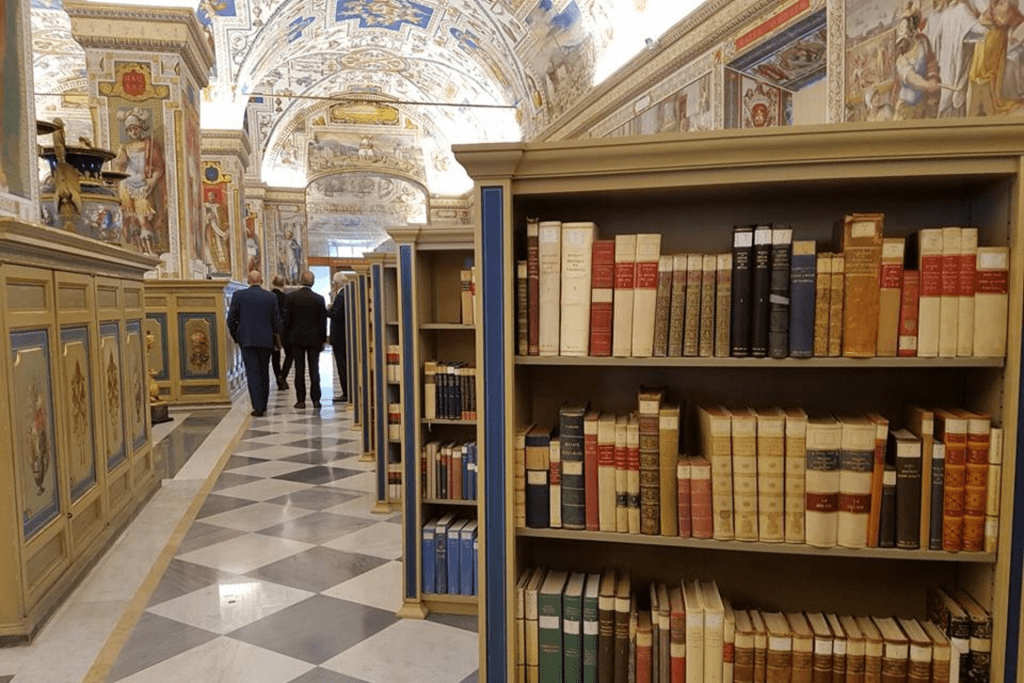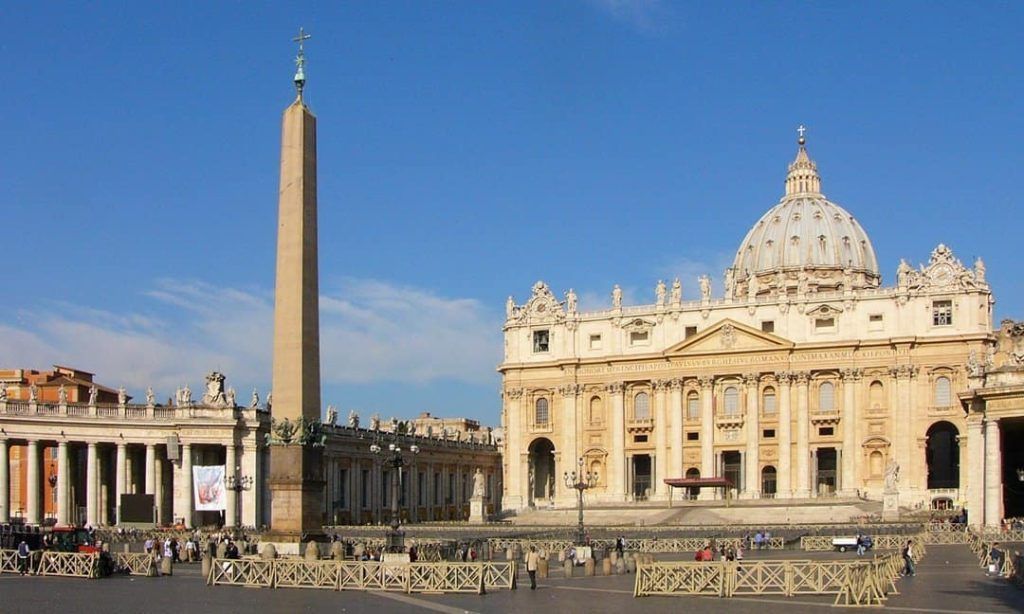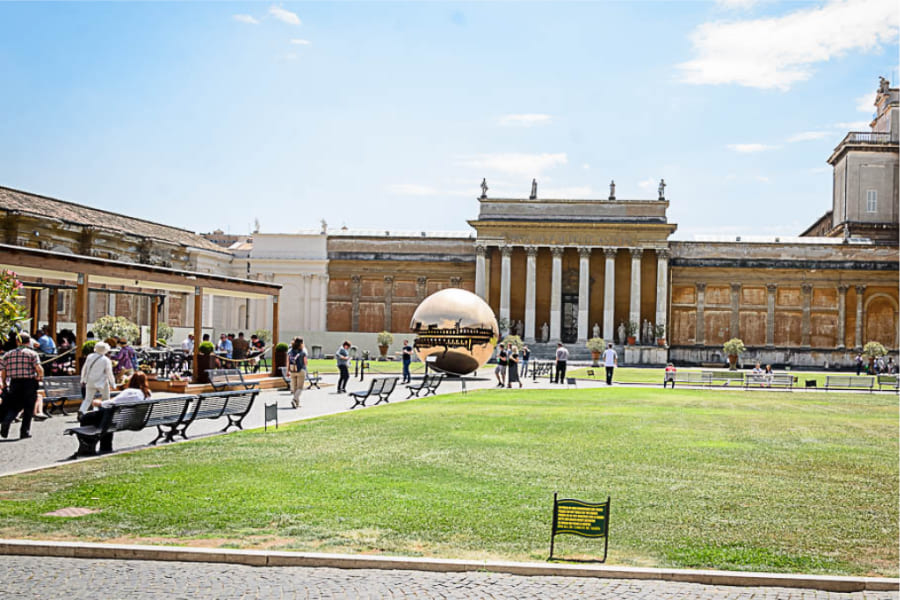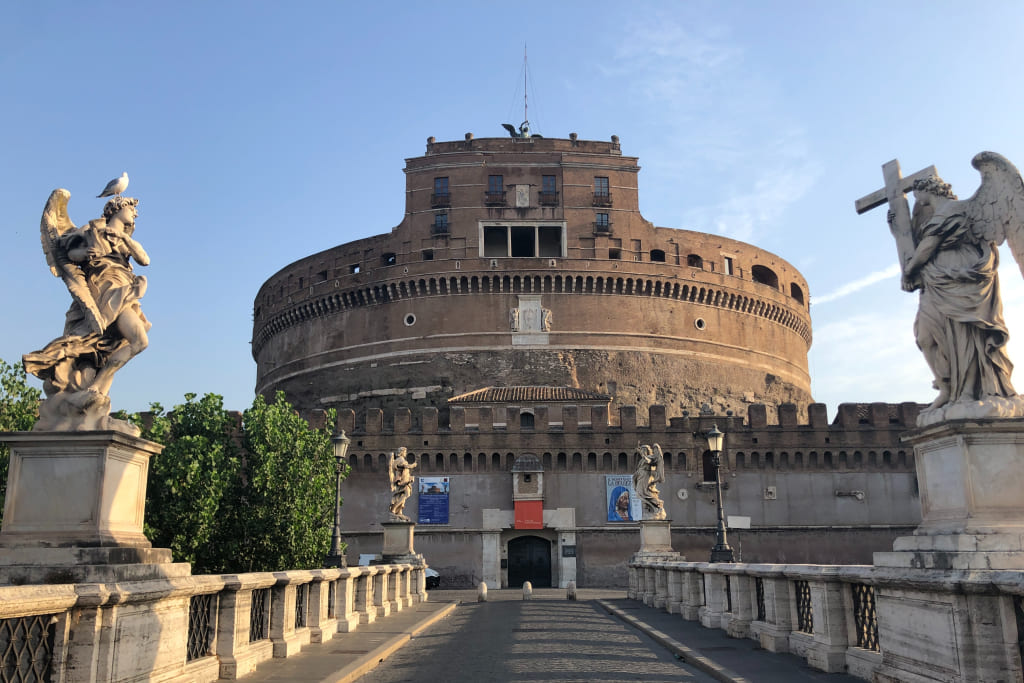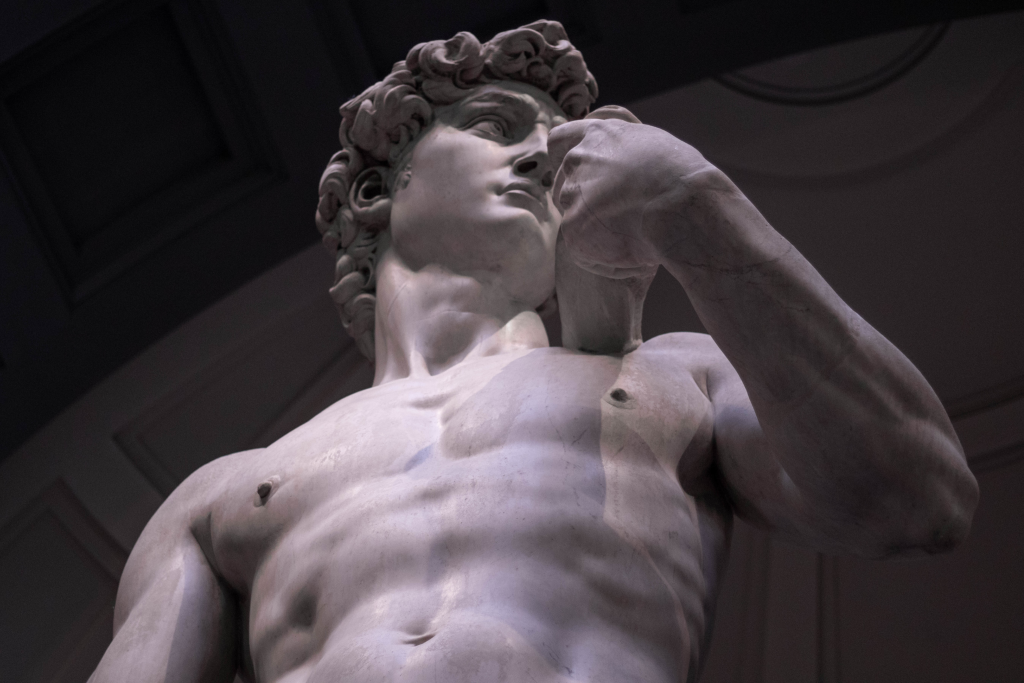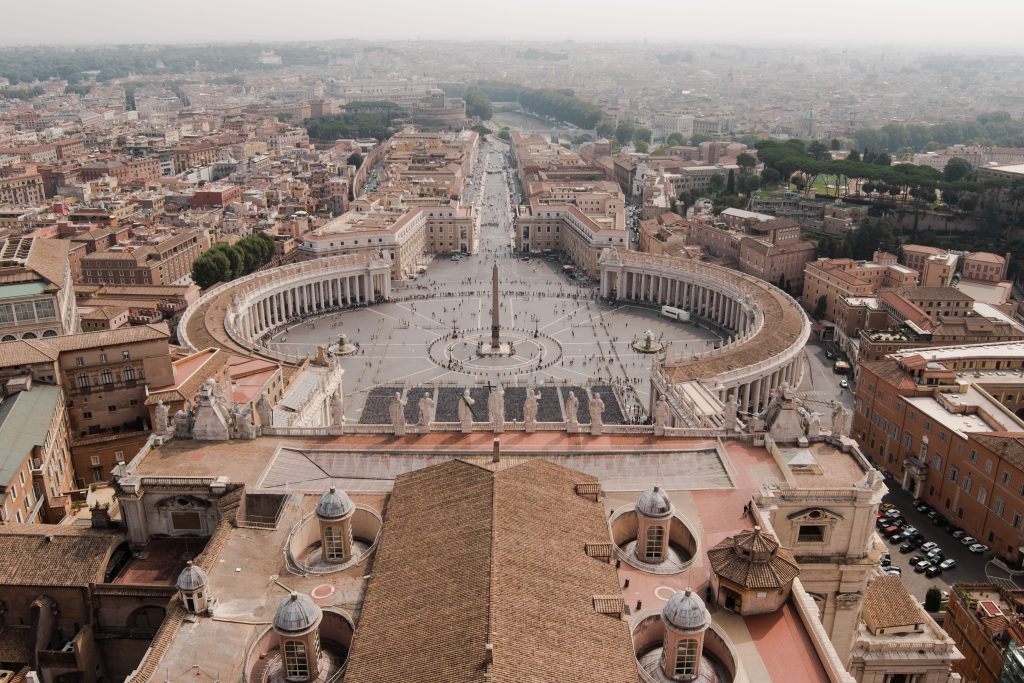
Vatican City, located in the heart of Rome, is an independent city-state and the center of the Catholic Church. It is the smallest independent state in the world, with a total area of about 44 hectares. It has been an independent state since 1929 and is the spiritual center of the Catholic Church and the seat of the Pope.
The history of Vatican City can be traced back to the 4th century AD, when Emperor Constantine granted the land to the Bishop of Rome. For centuries, the Vatican was the center of the Papal States and the Pope’s temporal power. In 1870, the Papal States were annexed to the Kingdom of Italy and the Vatican was reduced to a small enclave surrounded by the Italian city of Rome. After the signing of the Lateran Treaty in 1929, the Vatican was granted sovereignty and became an independent state.
